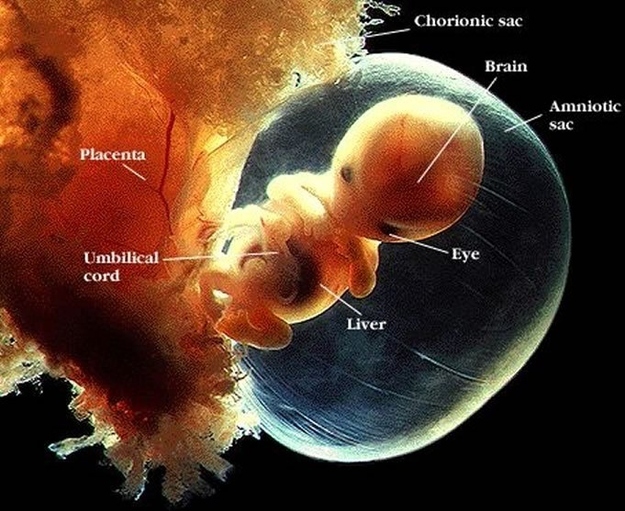Install our *FREE* WEB APP! (PWA)
Explore
© 2025 YubNub Social
About •
Directory • Contact Us •
Developers • Privacy Policy •
Terms of Use
• shareasale
• FB Webview Detected
• Android
• Apple iOS
• Get Our App















![Liz Cheney Once Described Kamala Harris As A “Radical Liberal” [WATCH]](https://www.rvmnews.com/wp-content/uploads/2024/09/2024.09.06-04.47-rvmnews-66db3223ca9f2.jpg)